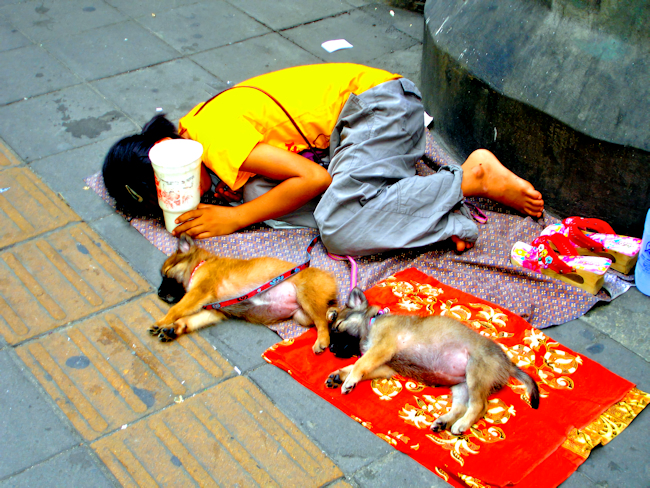The data released by the University of Thai Chamber of Commerce (UTCC) yesterday which showed that household debts have surged while as many as 70% of those have missed at least 1-payment, is not surprising because the country’s economy has been on a gradual decline and those around the poverty line has been on a rise.
The UTCC’s survey showed that household with monthly income of 50,000 Baht had debts of more than 500,000 Baht and most of those debts were in the personal loan and credit card loan, with these loans/credit card spending mostly used for buying consumer goods and/or durable goods.
Thailand’s household debt is expected to be around 90% of the gross domestic product (GDP) or 14.97 trillion Baht, the highest in 16-year of record and world’s 11th highest, by the end of 2022.
The average debt was 501,711 Baht per household which was the highest on record, and the monthly installment was at 12,801 Baht. The UTCC said with as much as 78.9% of the debts being in the financial system.
Rising Number of Poor People
The rise in household debt come hand in hand with the rise in the number of people who are falling close to the poverty line.
The government’s welfare card, a scheme that helps give a certain amount of money each month, has seen as many as 14 million, a clear indication that those who are suffering are on the rise.
The rising cost of living, with inflation running at near 14-year high amid rising fuel prices, which has translated into rise in price of every thing from food to electricity down to basic necessities has pushed the poor to the brink.
The National Economic & Social Development Council (NESDC) came out to say that as many as 4 million Thais were living with a just about 100 Baht in earnings per day, barely above the 70 Baht/day that is defined as the poverty line by the ‘World Bank’.
Although the NESDC did not give details of what the exact data of these people and which area they live in, research into the NESDC’s website reveals that those living in the northeast are the people who have been most severely affected.
The data, which the NESDC has only until 2020, shows that the people of the northeast of Thailand saw the number of people who are in the so called ‘poor’ category rose to 2.13 million from 1.55 million in 2019. This is nearly 50% of the 4.75 million people who are in the ‘poor’ category for the entire country.
The only area in Thailand that saw the number of ‘poor’ people decline as per the data are Bangkok and the central region of the country.
Whereas the north and south of Thailand have seen the number of ‘poor’ people rise but at a far lower rate than those seen in the northeast region.
For the north the ‘poor’ rose to 774,000 people in 2020 from 758,000 in 2019, while in the south the number of ‘poor’ rose to 1.12 million in 2020 from 1.08 million seen in 2019.
Economic Slowdown
The rise in household debts can be attributed to many factors but the economic slowdown has entrenched itself.
As per the survey of the UTCC, just over 56% of the debts were caused by the use of these debts for consumption, 54.4% were for credit card debts, 49.6% for hire/purchase debts, 49.2% for undertaking business activities, 37.5% for education, and 35.7% for residence.
Thailand’s economy, which is the 2nd largest in the 10-member Asean grouping, was the worst performing among the 6 largest economies in the Asean group.
UTCC said that the household debt would take up to 5-years to reach back to 80% but with a clause that the economy has to grow by as much as 6.2% annually, a far cry from the GDP growth that the country has been witnessing.
During the 2nd quarter of 2022, Thailand’s GDP grew by a mere 2.5% against the 3.1% that the market had anticipated. Seasonally adjusted Quarter on Quarter the GDP grew by a mere 0.7% against the 1.2% seen during 1st quarter of the year.
Pipat Luengnaruemitchai, economist at Phatra Securities has come out to say that despite the lower thane expected Q2 GDP growth the country’s GDP may see some upside as tourism arrivals continue to remain robust.
But despite the positive outlook on tourism, even the NESDC has come out to say that it was looking to lower the country’s 2022 projected GDP growth to 2.7% to 3.2% from the earlier projections 2.5% to 3.5%.
The lowering of the GDP projection was lowered due to the rising cost of living, the rate hikes (which the central bank has been undertaking) and the impact of consumption which has had on the small & medium enterprises (SME).



